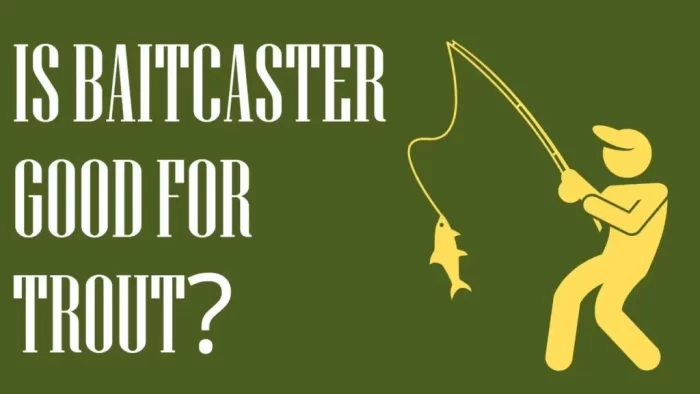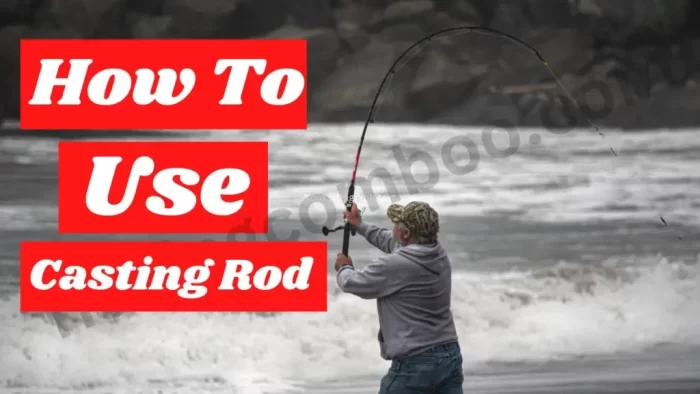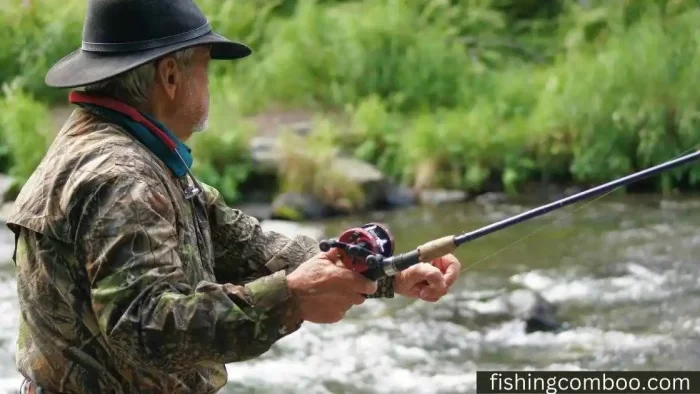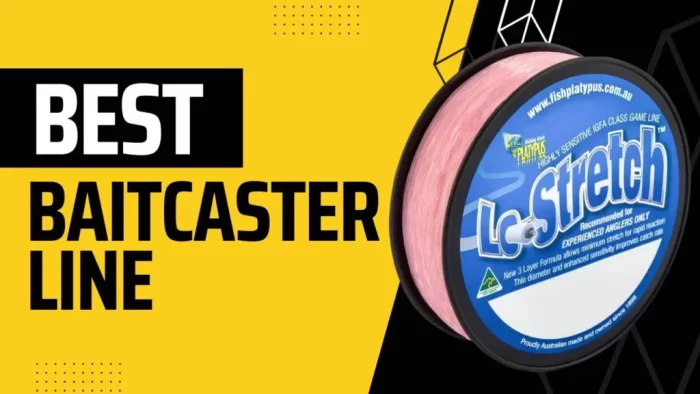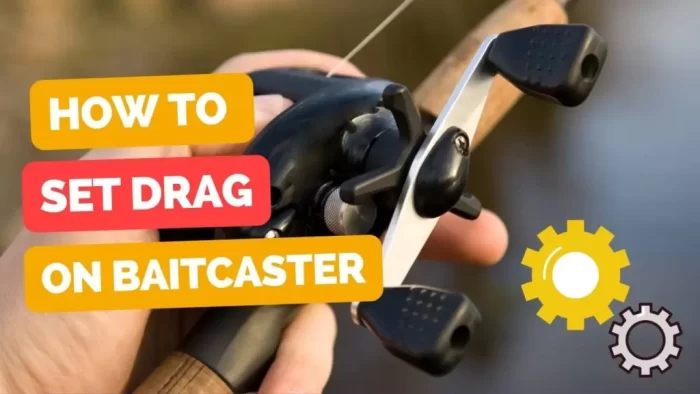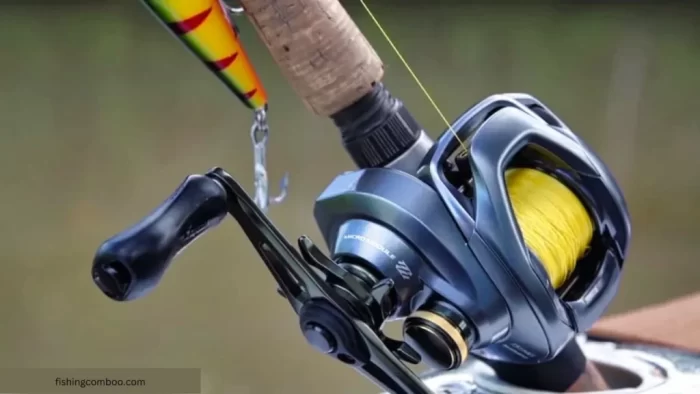
You may have heard that baitcasters are the go-to fishing reel for casting lures, but did you know that light lures can be especially challenging to cast using a bait caster? If you’re looking to learn more about how to cast a baitcaster with a light lure, then look no further!
This post will cover the basics of baitcaster casting and some tips and tricks for successfully adding light lures to your arsenal. Whether you’re a seasoned angler or just starting fishing, this post will help you master the art of baitcasting with light lures. Let’s get started!
To begin with, you should familiarize yourself with the baitcaster’s components. A baitcaster has a spool that rotates freely as you cast your line. The key difference between a bait caster and spinning reels is the fact that there is no rotating spool in spinning reels, while the bait-caster has a spool that spins and releases line when you cast your lure.
table of contents
How to Cast Baitcaster with Light Lure Complete Solution
If you want to expert in how to cast light lure with a baitcaster, there are some key tips and tricks that you need to keep in mind that’s as follows:
1. Select the Right Baitcasting Rod
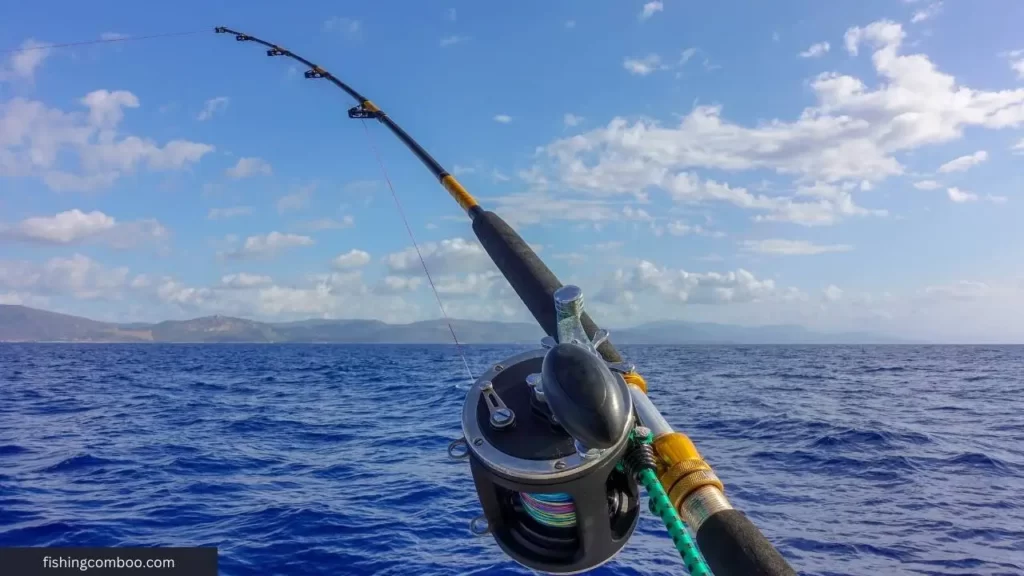
The rod you use is one of the key factors that can impact your success when casting light lures with a baitcaster. When choosing a baitcasting rod for this purpose, selecting one designed specifically to handle lightweight lures is important. This typically means using medium-heavy powered rods about 6.5 to 7.5 feet long and featuring a fast tip.
The length of the rod is important because it helps to increase your casting distance, which is essential when casting lighter lures. In addition, a fast tip helps to give you more control over the speed and power of your cast, making it easier to land light lures accurately and precisely where you want them. Also, ensure that the rod has enough flexibility so that the suppleness can help you to avoid getting buckled in the middle.
2. Pick the Proper Baitcasting Reel
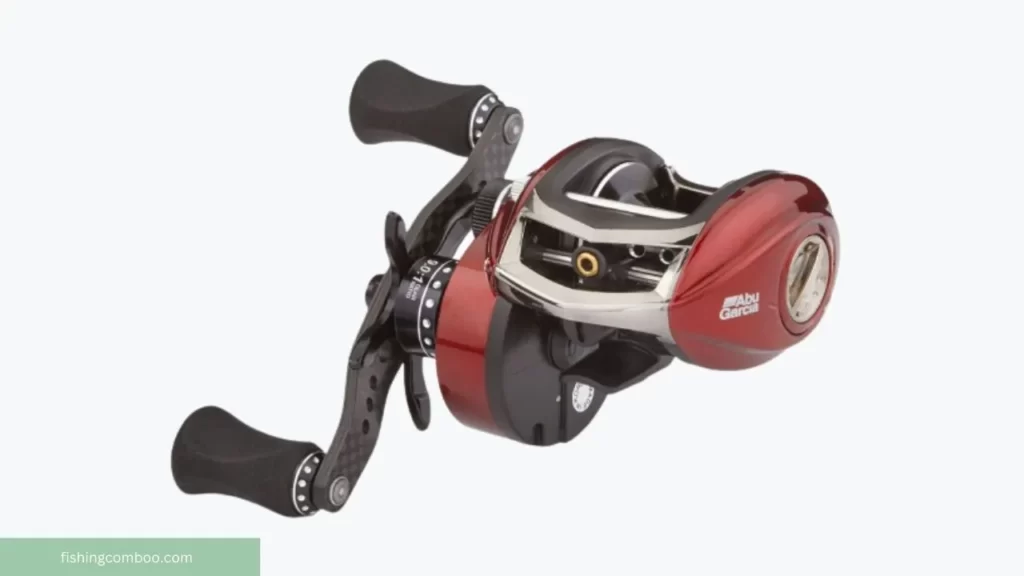
When it comes to choosing a baitcasting reel for casting light lures, there are a few key things that you should look for. Some factors to consider include the lighter spool and the level of resistance and tension.
If you’re using a light lure, you should always use a reel with a lighter spool. The light spool is chosen because it will stop rotating when your lure hits the water surface and prevent your line from being tangled or backlash. On the other hand, if you use a heavier spool, the spool will keep rotating even if your lure hits the water surface and cause your line to get tangled or backlash.
In addition, you should look for a reel that has a low level of resistance and tension when casting light lures. This allows you to easily cast your lure without having to apply too much force or resistance to do so.
Ultimately, the key to success when casting light lures with a bait caster is to choose the right reel and rod and practice often to develop your skills.
Read to learn more about How to Set Up a Baitcasting Reel
3. Fishing Line
It is important to use high-quality fishing lines when fishing with a light lure. This is because lightweight lures require a thinner, more sensitive line that can detect the smallest nibbles and movements from your target fish. I’d recommend a braided fishing line for true beginners, as it is strong and sensitive at the same time.
Read About: Best Baitcaster Combo for Beginnersf
Additionally, the braided line tends to be more abrasion-resistant than monofilament or fluorocarbon lines, making it ideal for use with light lures and baitcasting reels. Use 20lb or 30lb braided line for casting light lures, and be sure to choose a clear or nearly invisible line in the water so as not to spook your target fish.
Note: Braided lines are recommended if you’re fishing in an area with many branches or rocks, as they are more durable and less likely to get tangled in these types of environments. If fishing in an open area with no particular obstacles, I recommend mono or fluorocarbon lines over braided.
4. Utilize a Heavier Fishing Tackle
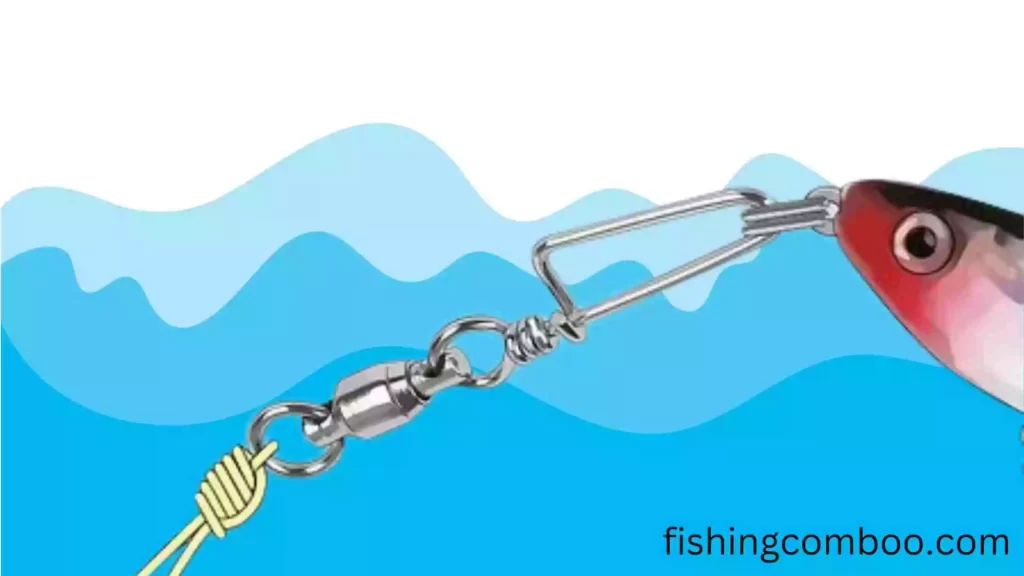
The hook is one of the most important parts of your fishing tackle, as it connects you to the fish you are trying to catch. Firstly I’d recommend you use a heavier hook when casting light lures with a bait caster. This will help to ensure that you have a strong connection to the lure, which is essential when casting lightweight lures since they are more susceptible to being blown off course by the wind or snatched away by larger fish.
If you’re using a spinner or another type of lure where you can’t weigh the lure in advance, you can try different methods, as discussed below.
If you can easily weigh the hook, then casting will be easy. However, if you can’t be able to weigh, you can use bullet weight or split shot to add weight to your lure. First, attach the bullet to the fishing line, then attach it to the lure by puncturing the line through the center of the bullet’s mass.
 100vw, 1024px” data-lazy-src=”/wp-content/uploads/2022/10/baitcaster-bullet-weight-1024×576.webp” /></span></figure>
</div>
<h3><span id=)
5. Set the Magnetic Brakes Properly
The setting of magnetic brakes is different for every reel, so you should know your reel well before applying the tips below.
- First, you need to unspool the line off your reel by holding it down and turning the handle counterclockwise. This will loosen up all of the lines that are on your spool.
- Next, find where you can adjust the magnetic brakes on your reel. Magnetic brakes are typically located near the front of the reel and can be adjusted using a dial or a small lever.
- Once you have found your magnetic brake setting, begin slowly casting your light lure by holding the button in front of your reel while reeling to release the bait. Pay close attention to how much pressure is required to release the bait, as this will help you adjust your magnetic brake setting accordingly.
- It may take some trial and error to find the perfect magnetic brake setting for your light lure, but once you do, you should be able to easily cast a bait-caster with a light lure like a pro!
Read our detailed guide if you want to know in detail how to set a magnetic brake on a baitcaster
6. Adjust the Knob Tension
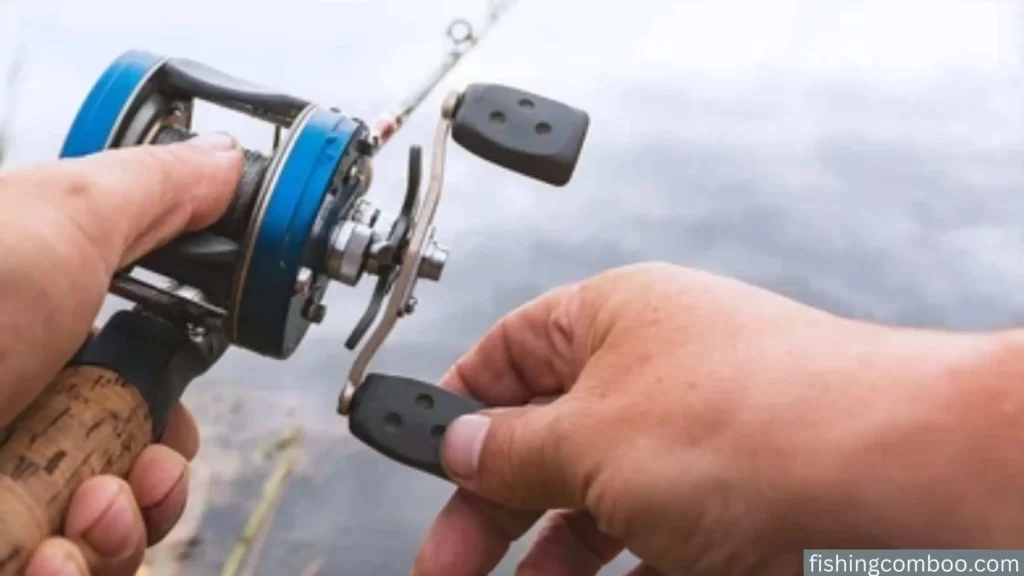
It is important to adjust the knob tension properly to achieve optimal results. This involves making small adjustments to the tension setting so your lure can move freely and smoothly along your fishing line.
To begin, you will need to loosen or tighten the knob tension accordingly, depending on the weight of your lure. You can do this by turning the knob either to the left or right, depending on how heavy your bait is. Generally speaking, lighter lures require less tension than heavier ones.
Once you have adjusted the knob tension accordingly, it is important to practice your casting motion and timing to achieve the right amount of force when casting. This means you must practice until your lure moves along smoothly and casts consistently without becoming tangled or stuck in the fishing line.
If you are having trouble getting your bait to move smoothly, try increasing the tension slightly by turning the knob to the right. Conversely, if your bait starts rolling too easily, you can try decreasing the tension by turning the knob to the left.
Overall, casting a light lure with a baitcaster requires a bit of practice and patience; the ideal knob tension is your lure won’t collect a bird’s nest when it hits the ground.
7. Finally, a Perfect Body Momentum
When casting a light lure with a baitcaster, having the perfect body momentum is key. This means that you need to have good timing and balance when making your cast and use the right amount of force to ensure that your lure lands where you need it to.
One important thing to remember when casting a light lure with a baitcaster is always to move your lure away from your body as you cast. This will help you maintain the necessary momentum and control while minimizing any risk of backlash or tangles.
Another important tip when casting a light lure with a baitcaster is to use your wrist and forearm to generate power instead of your shoulders or upper body. This will help you minimize any strain on your joints while keeping the movement smooth and controlled.
Baitcasting is a game of practice; it can take time to get the hang of casting a light lure with a bait caster. However, with enough patience and dedication, you will soon be able to cast like a pro! Good luck!
Frequently Asked Questions
Can I use light lures on a baitcaster?
Yes, you can use light lures on a bait caster. To successfully cast a light lure with a bait-caster, it is important to have good timing and balance and the right amount of force. Additionally, you should always move your lure away from your body as you cast to maintain momentum and control.
Can you cast light lures with heavy rod?
At first glance, it may seem like a heavy rod cannot cast light lures effectively. However, medium-heavy powered rods are well-suited to casting light lures. This is because medium-heavy rods offer a good balance of power and line control, which is crucial for successfully casting light lures.
What lures to throw on a baitcaster?
When casting a bait-caster with light lures, it is important to choose the right setup for rod, line, and reel. For light lures less than 1/8 oz, you will typically want to use a medium-light or medium-heavy rod with a fast tip action and a good backbone.
Final Verdict
We have given you all the information you need to know about casting a light lure using a baitcaster. Whether you are just starting and trying to learn the basics or looking for some advanced tips and tricks to take your casting skills to the next level, this guide is for you. With good timing, balance, and force, as well as the right technique and equipment, you can become a master baitcaster in no time. Isn’t it time to get started? Today is the day to get out there and cast!


